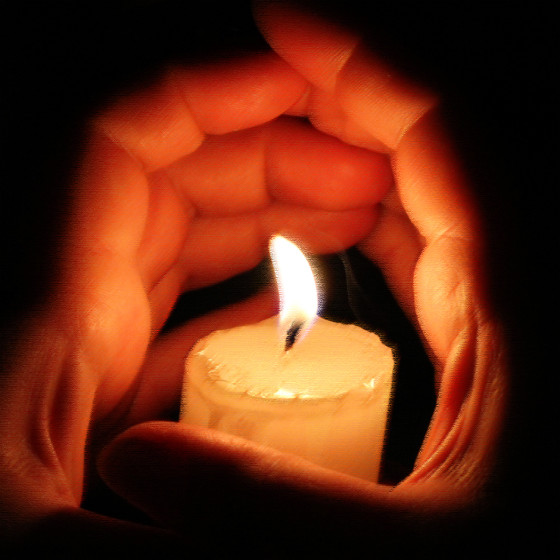
I believe we can distill the plethora of story types into two main categories: feverish cliff hangers that compel their readers to read on through the night, and the more tranquil tales that follow a structure of “this happened, and then this, and then this.” Of course, many stories offer a fusion of both types. Thrillers often drive the narrative to the very last word, while other stories might resemble meandering rivers that gently float the reader to their conclusion. I appreciate both, but I find the more mellow stories can be more compatible with a busy schedule. Kids, for example, don’t care if a novel is impossible to put down when demanding attention. The Legend of Zelda Tears of the Kingdom, a new game released just before Mother’s Day, is a case in point. My son predicted that on its release date, people would take the day off to indulge in the game. He was right, resulting in what could be called a national Zelda fever day. We saw a similar scenario during the release of the Star Wars sequels, with fans playing hooky to go see the movies. The only literary equivalent that comes to mind is the…











